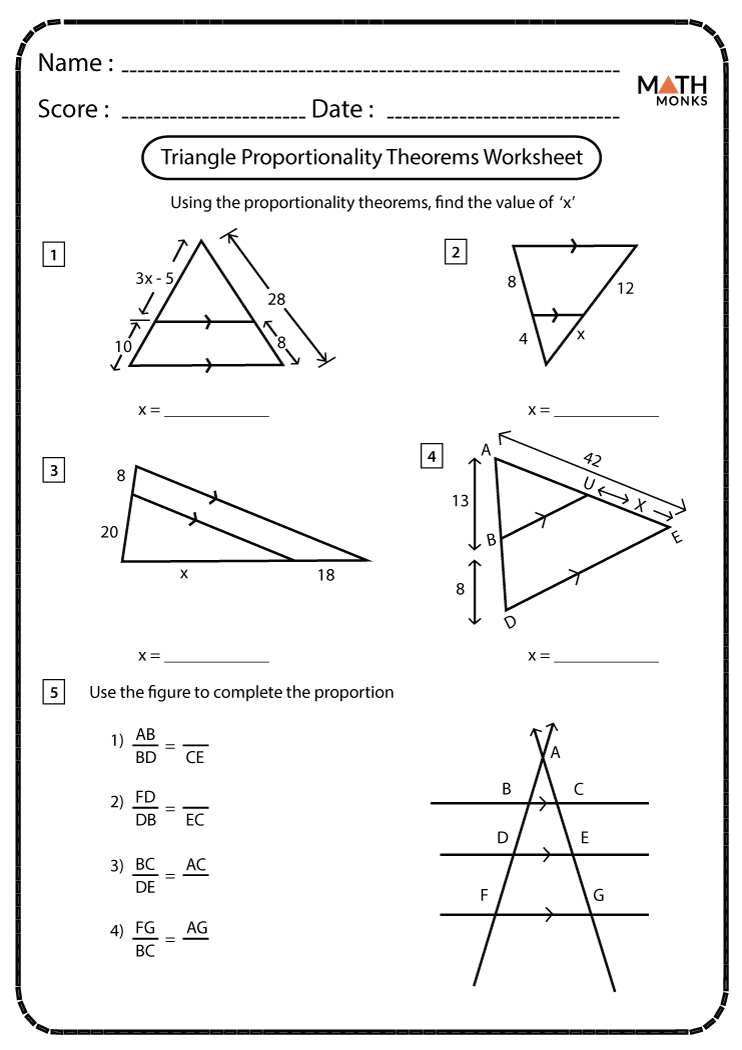
And the tangent now, opposite over adjacent is root 3/1, which is just root 3. The adjacent over the hypotenuse now is one over two, or one half. So the opposite over the hypotenuse now is root 3/2. And for much the same way, the tangent has to be less than 1. So the cosine has to be bigger than the sine precisely because for an angle less than 45 degrees, the adjacent has to be bigger than the opposite. Notice that 30 degrees is an angle less than 45 degrees. So that’s 1/root 3, again we have to rationalize this, multiply by root 3/root 3, and we get root 3/3.Īnd that is the rationalized form of the tangent of 30. For the tangent, the opposite is 1, and the adjacent is root 3. For the cosine, the adjacent is root 3, and my hypotenuse is still 2, so that’s root 3/2. From 30 degrees the opposite is 1 the hypotenuse is 2. So first of all, let’s start with 30 degrees. We can use SOHCAHTOA ratios for both the 30 degree and 60 degree angle using this triangle, because we know all the sides. Sometimes, we also call it the half equilateral triangle to help us remember that, in fact, we got it from cutting an equilateral triangle in half. This is sometimes known as the 1-root 3-2 triangle that denotes its sides. As you may remember, we get this from cutting an equilateral triangle in half, these are the proportions. Now we’ll talk about the 30-60-90 triangle. And of course, when it’s exactly 45 degrees, the tangent is exactly 1. If an angle is greater than 45, then it has a tangent greater than 1. 45 Degreesīy the way, notice, if an angle is less than 45 degree, then it has a tangent of less than 1. The tangent opposite over adjacent, that is going to be 1/1, which is just 1. So the sine and the cosine are equal precisely because the opposite and the adjacent are equal. It’s gonna be 1/root 2 and we’re gonna rationalize it and get root 2/2. Well of course, the cosine of 45 degrees is going to be exactly the same thing. That is the rationalized fraction, the rationalized form of the reciprocal of root 2. Now we have to rationalize this fraction which means that we’re gonna multiply root 2 over root 2.Īnd that will give us root 2 over 2. Sine, of course, if opposite over hypotenuse, so starting at either 45 degree angle the opposite is 1 and the hypotenuse is radical 2. Finding the Value of SOHCAHTOA for Special Trianglesīecause we know all the proportions for the sides, we can find the value of the three SOHCAHTOA functions for 45 degrees. This is the only possible triangle that is an Isosceles Right Triangle. Sometimes it’s also called the Isosceles Right Triangle. Sometimes people call this the 1-1- radical 2 triangle, that denotes the sides of the triangle. As you may remember, these are the angles and proportions. So here, we’ll be assuming that you already understand the basics of those triangles.įirst of all, the 45-45-90 triangle. So, if you don’t know much about these triangles or it’s really fuzzy, it might help to go back to that lesson in the geometry module, special right triangles, which explains the two triangles in-depth. These special right triangles are the 45-45-90 triangle and the 30-60-90 triangle. And it will also assume that you’re familiar with the idea of the special right triangles. So this lesson will assume, first of all, that you’re familiar with SOHCAHTOA, which we covered in the previous lesson. Now that we’ve introduced SOHCAHTOA, we can talk about the very important topic of SOHCAHTOA and special triangles.

A corollary is that the length of the hypotenuse is twice the distance from the right angle vertex to the midpoint of the hypotenuse.Transcript: SOHCAHTOA and Special Triangles The converse states that if a right triangle is inscribed in a circle then the hypotenuse will be a diameter of the circle. Thales' theorem states that if A is any point of the circle with diameter BC (except B or C themselves) ABC is a right triangle where A is the right angle.

T = 1 2 a b Since the sides of this right triangle are in geometric progression, this is the Kepler triangle. In a right triangle, if one leg is taken as the base then the other is height, so the area of a right triangle is one half the product of the two legs. Principal properties Area Īs with any triangle, the area is equal to one half the base multiplied by the corresponding height.


 0 kommentar(er)
0 kommentar(er)
